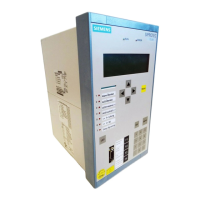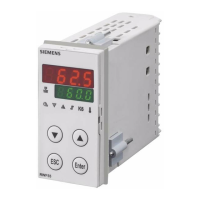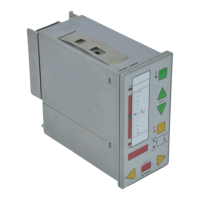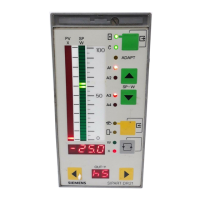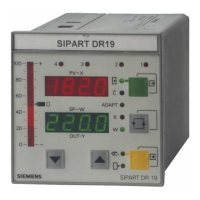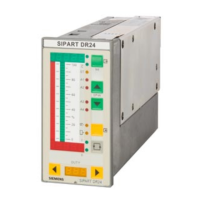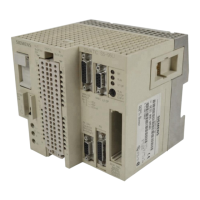NOTICE
The sum of the individual memory capacities must not exceed the maximum flash-memory capacity. If,
when setting the parameters of the individual recorders, the maximum memory capacity of 15 GB has been
reached or exceeded, a warning indication is displayed in DIGSI 5.
Every change of the memory splitting leads to a permanent deletion of all recordings in the device.
²
Secure all recordings before you reset the parameters.
[scfastsc-270213-01.tif, 1, en_US]
Figure 7-22 Change of the Flash-Memory Capacity in the Example of the Fast-Scan Recorder
NOTE
Due to the internal administration data, the complete flash memory size for storing the recordings is not
available. The Estimated record size is user information in order to be able to estimate how many
recordings can be stored in the reserved flash memory. The actual size of the fault record depends on the
degree of compression and the number of stored events.
Time Jumps
Time jumps can happen in a fault record for the following reasons:
•
When the clock time is changed manually
•
When the clock is corrected by an external time synchronizing device (see the chapter Date and Time
Synchronization 3.4.1 Overview of Functions).
Time jumps shorter than 50 ms are automatically compensated and are not visible in recordings. Time jumps
higher than 50 ms are identified in recordings using a marking line TJ
13
.
7.2.5
13
(TJ = Time jump)
Fault Recorder
7.2 Function-Group Type Recorder
SIPROTEC 5, Fault Recorder, Manual 235
C53000-G5040-C018-5, Edition 11.2017
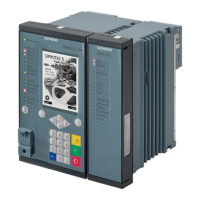
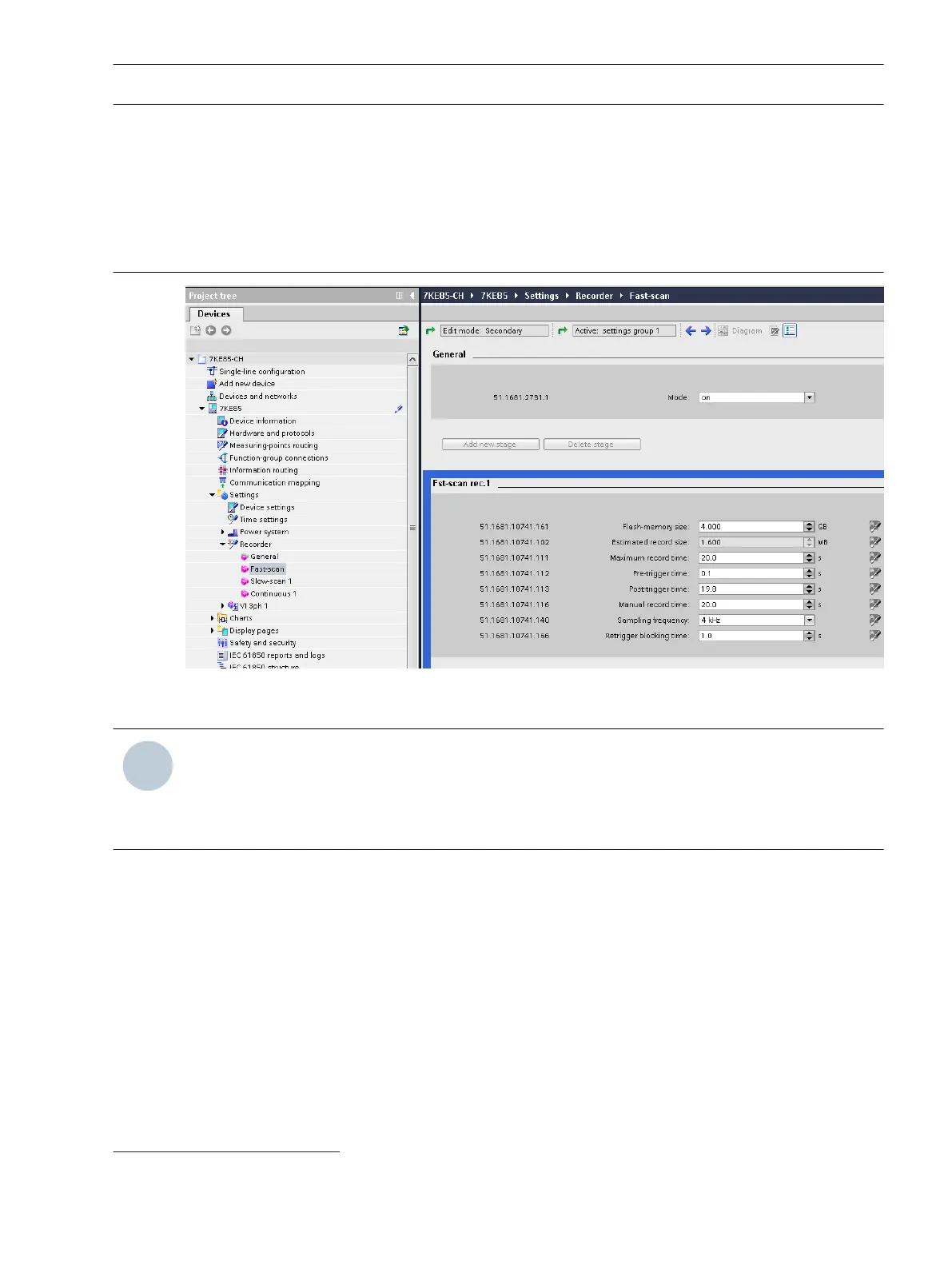